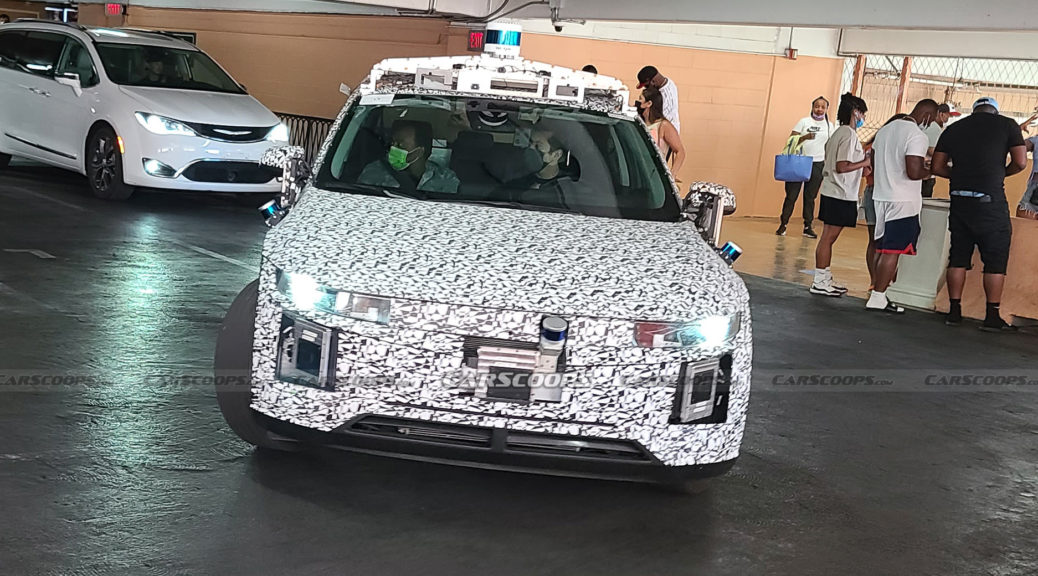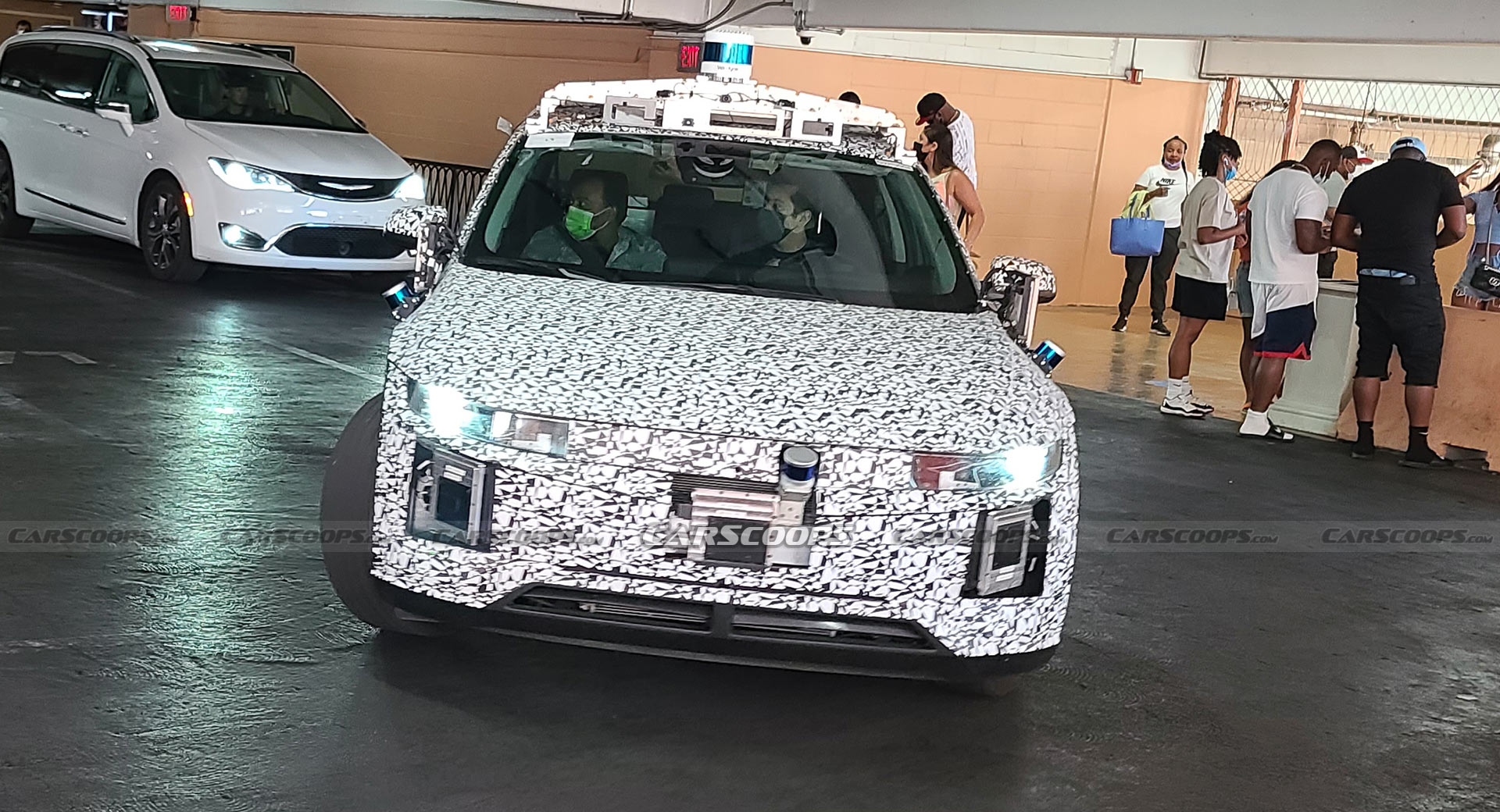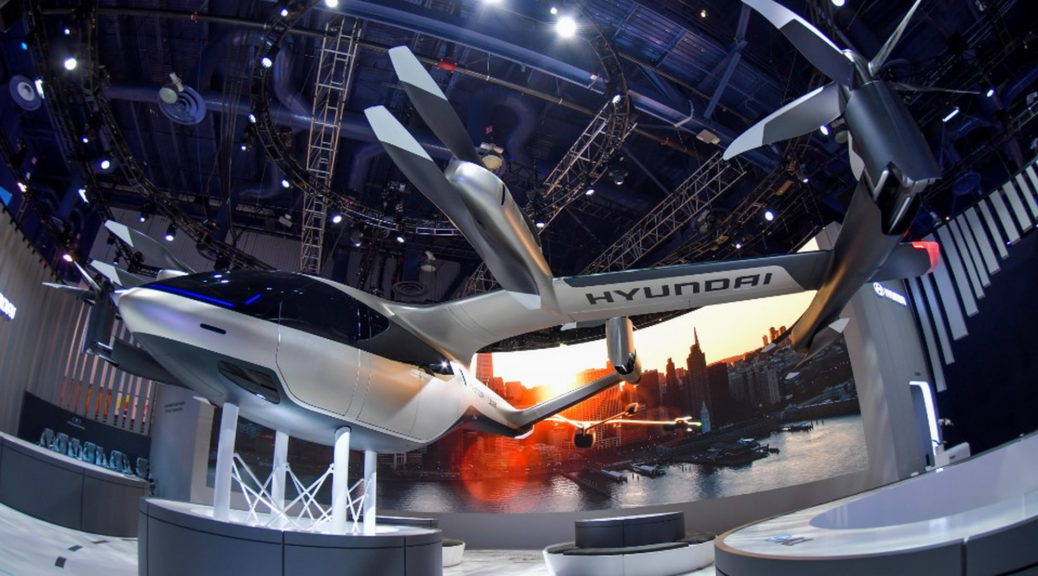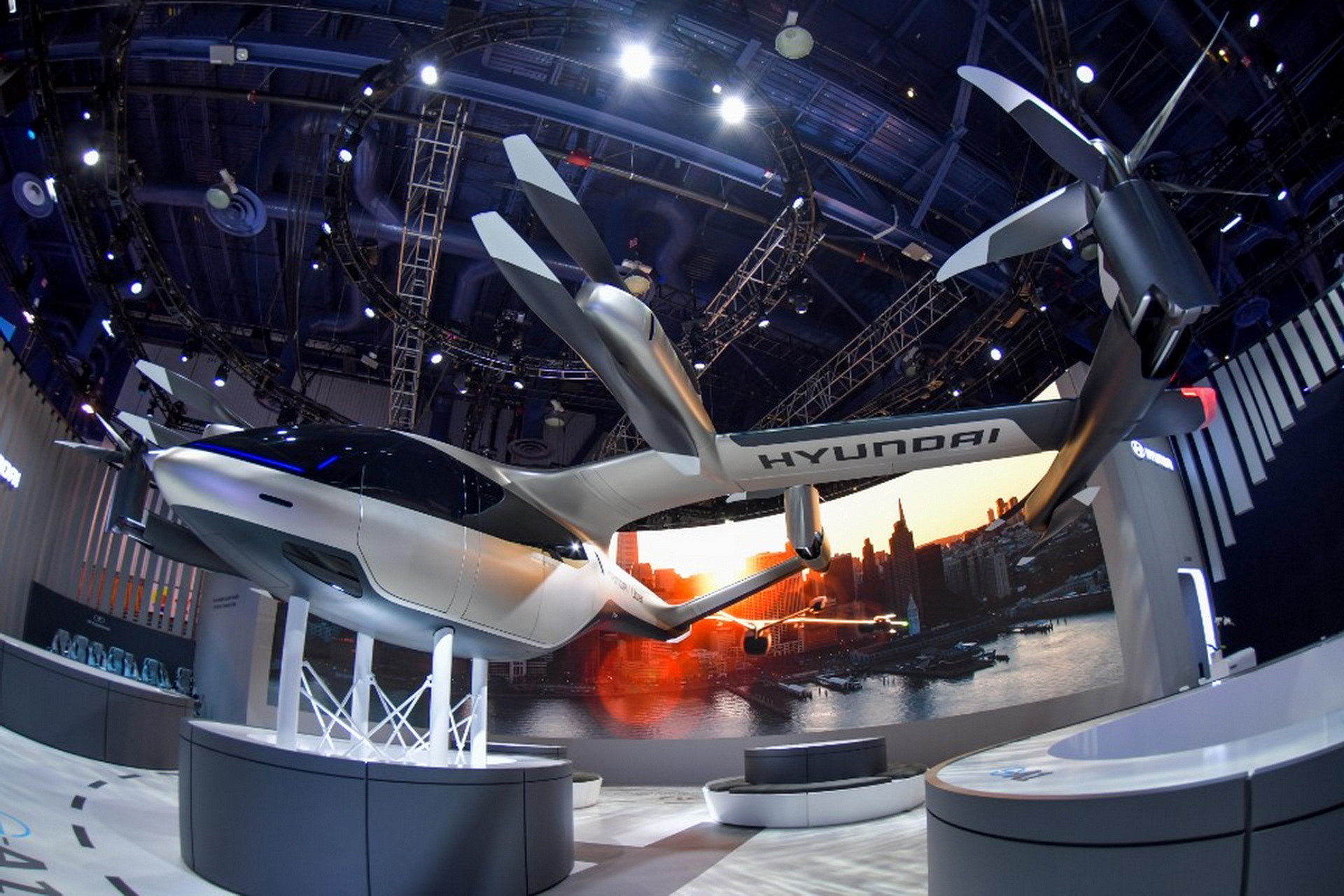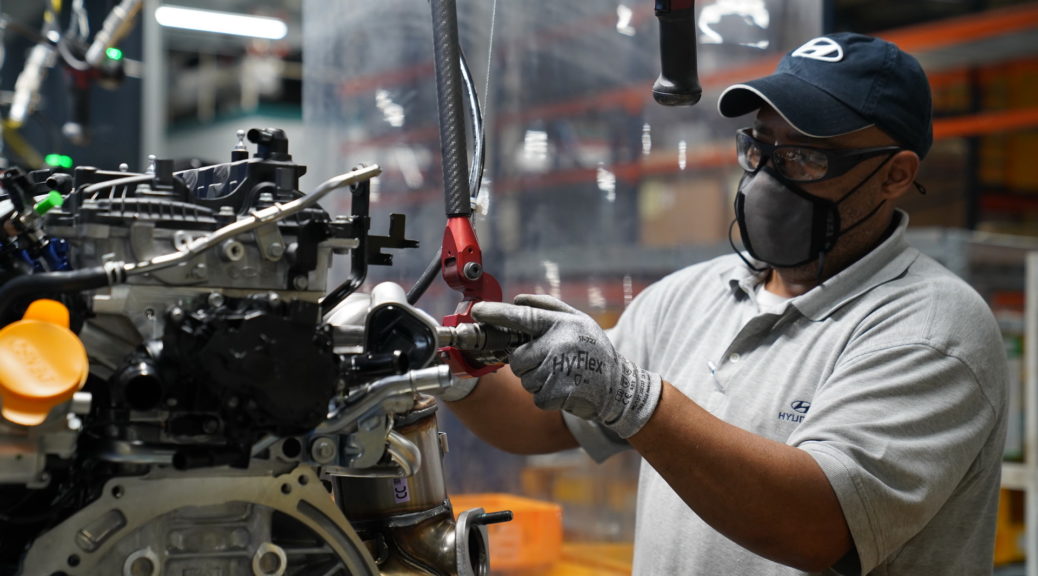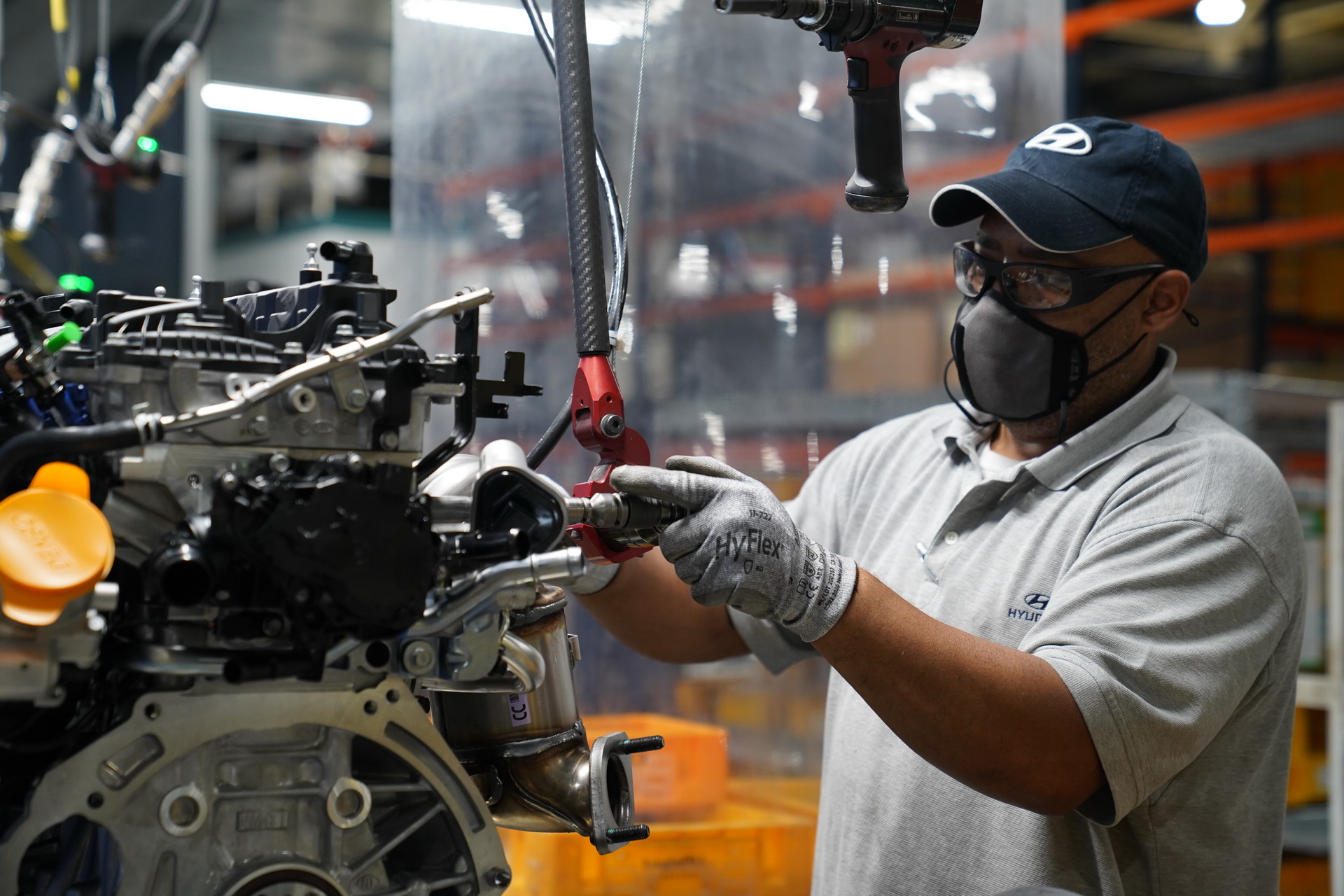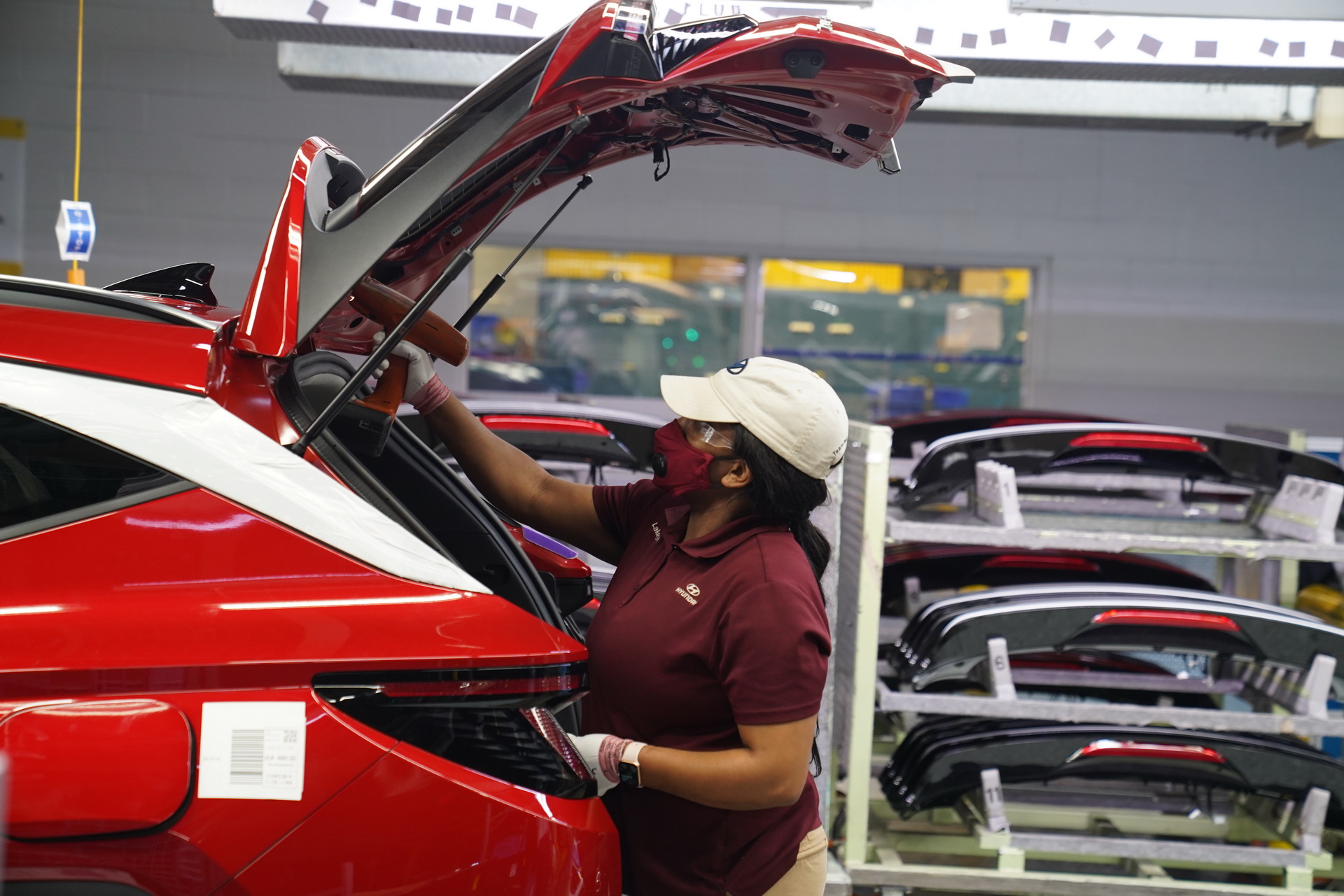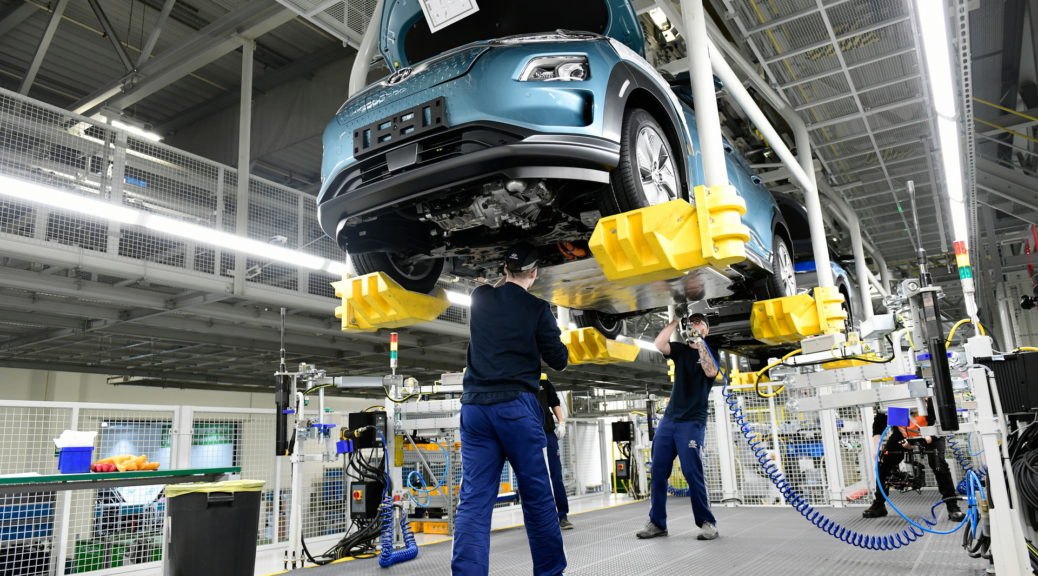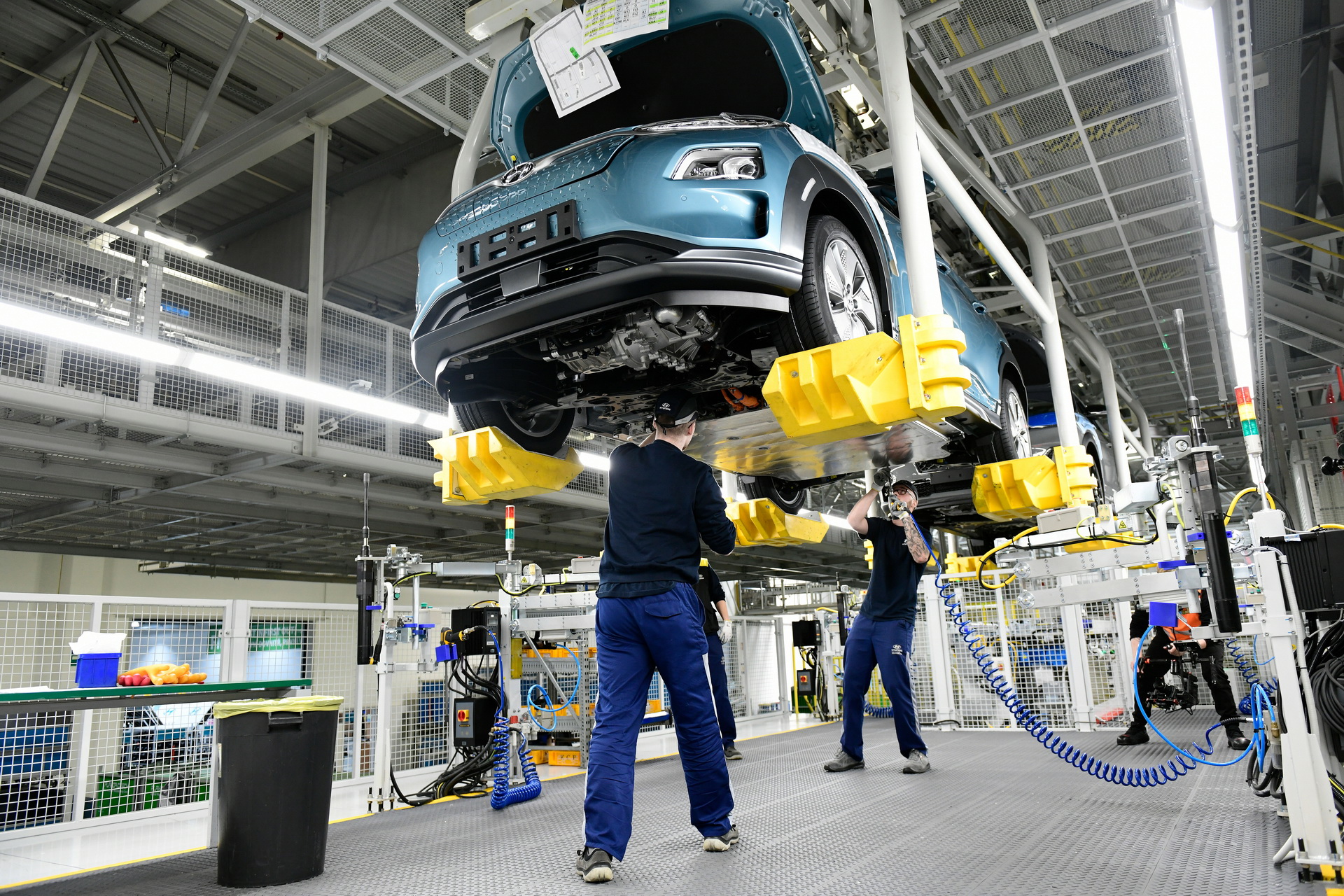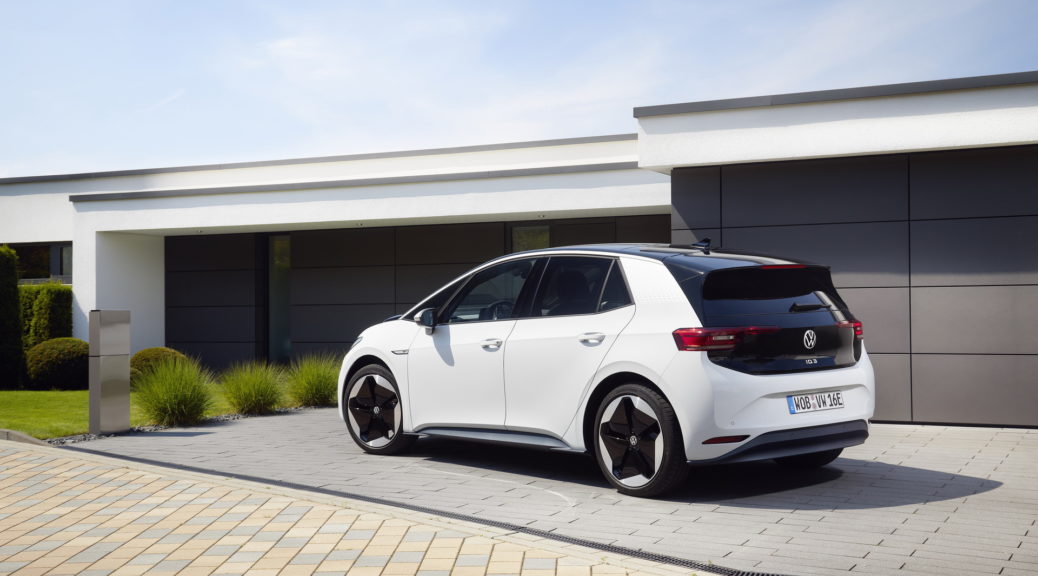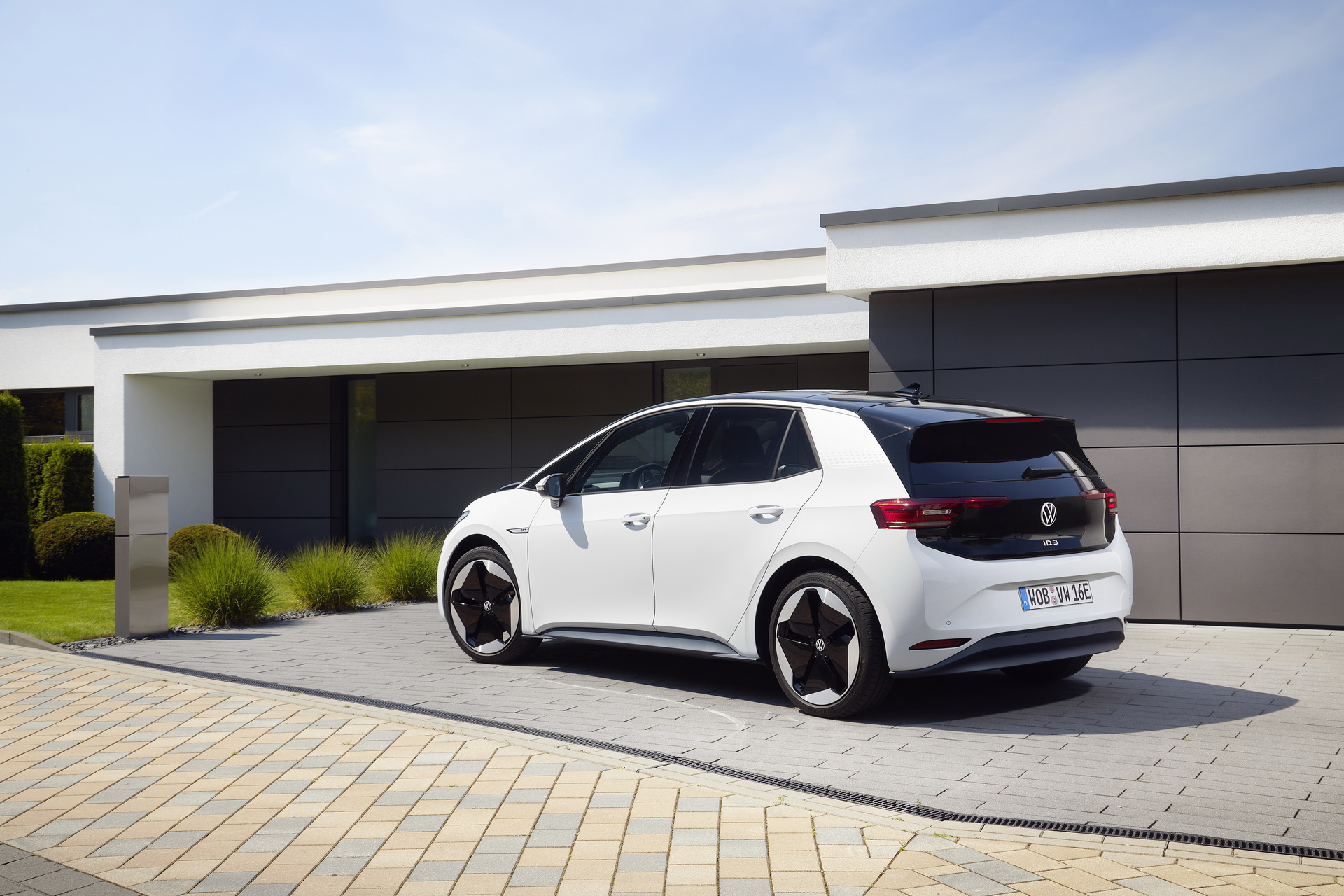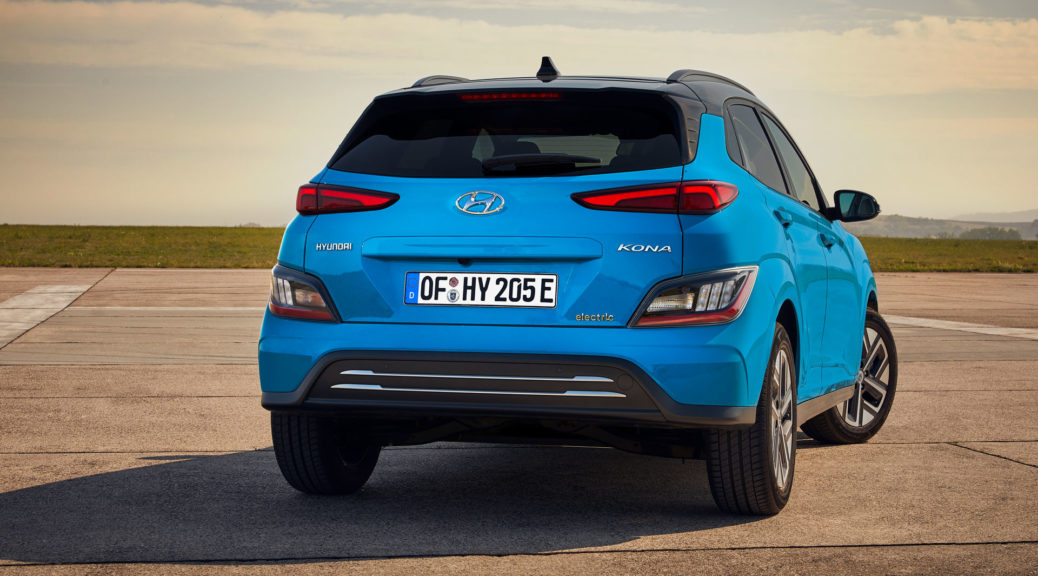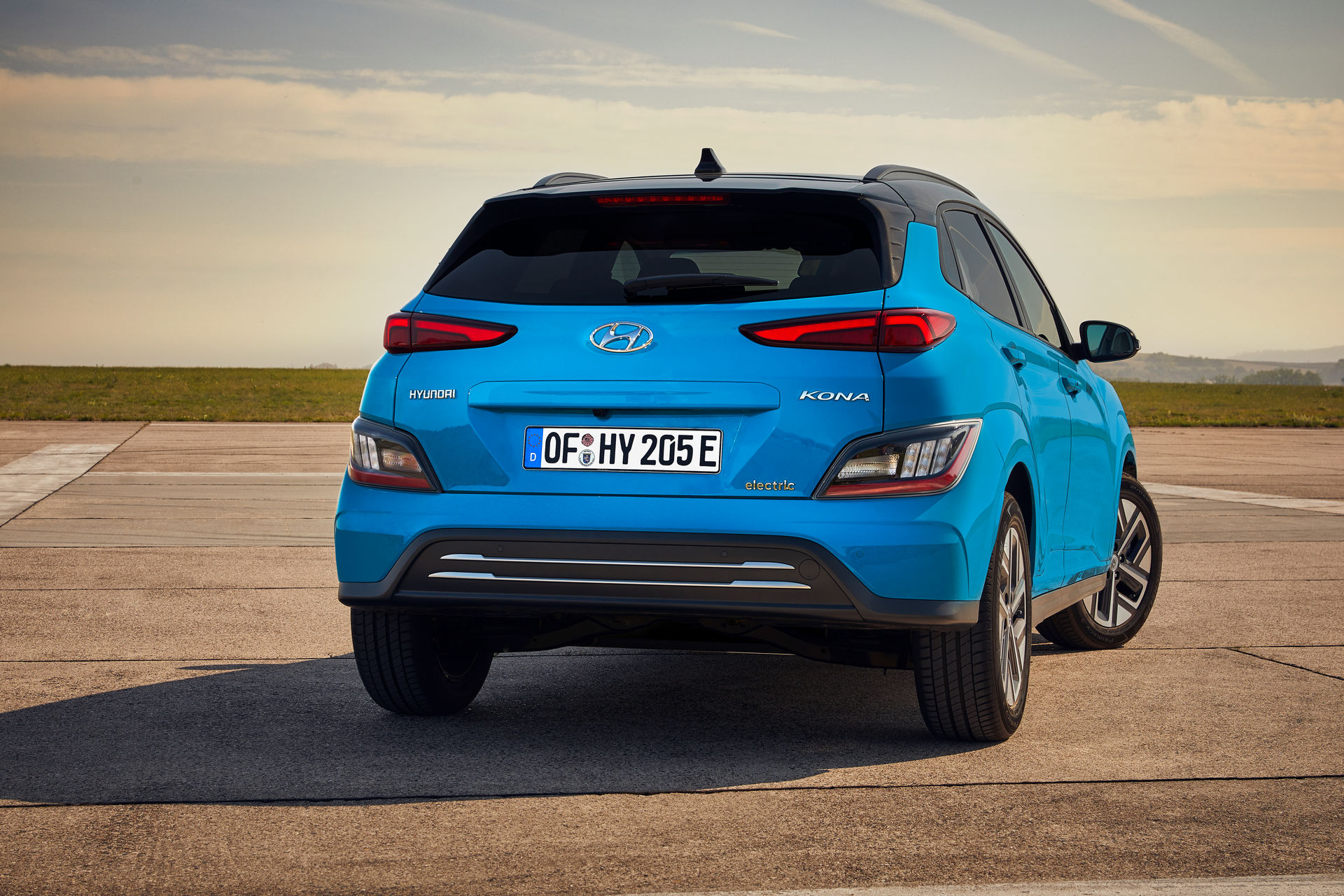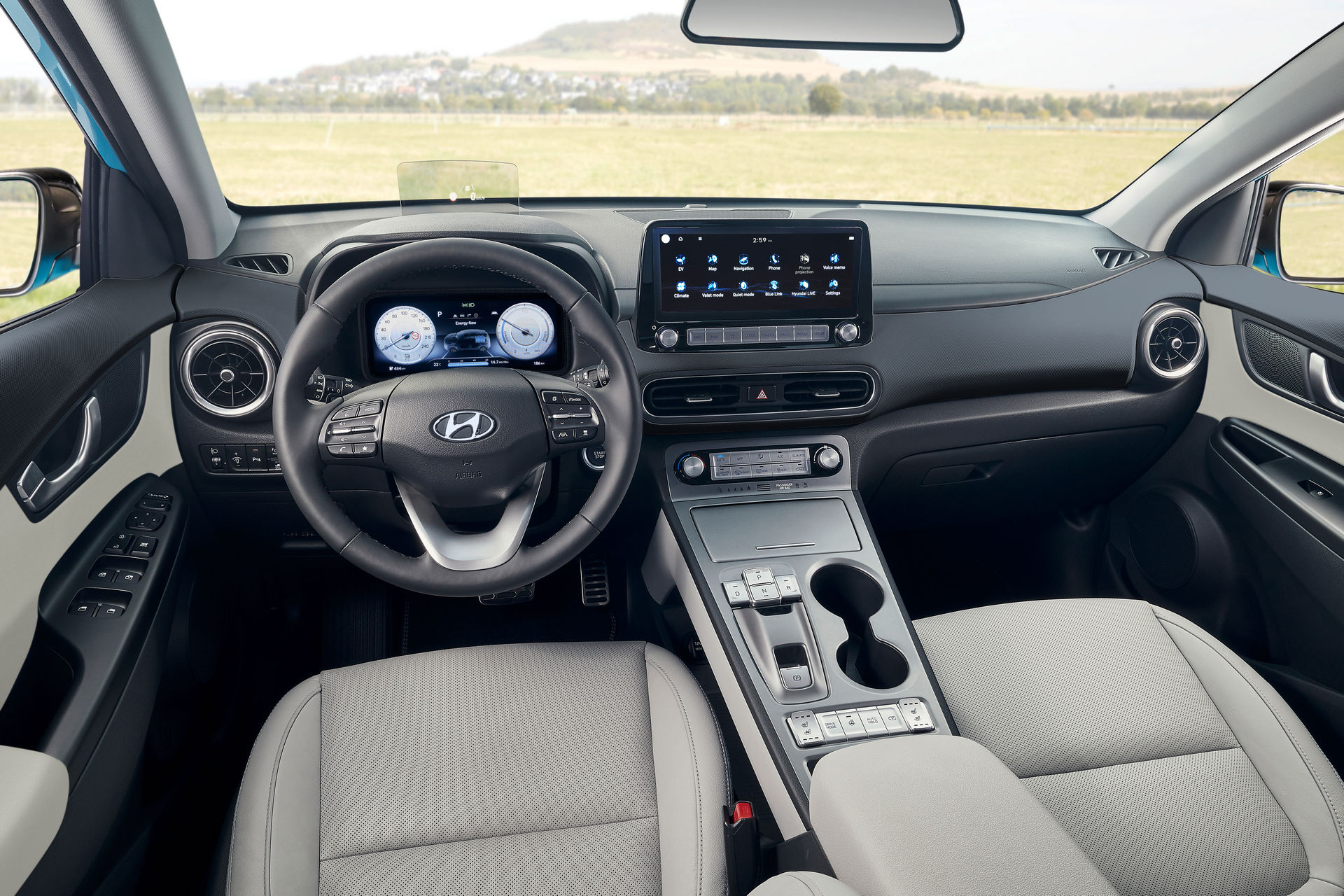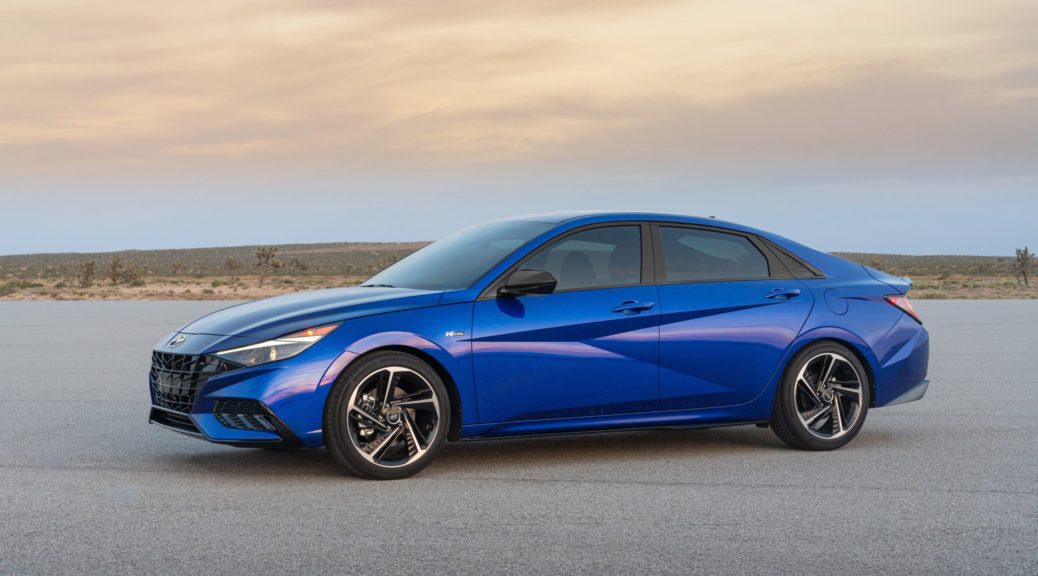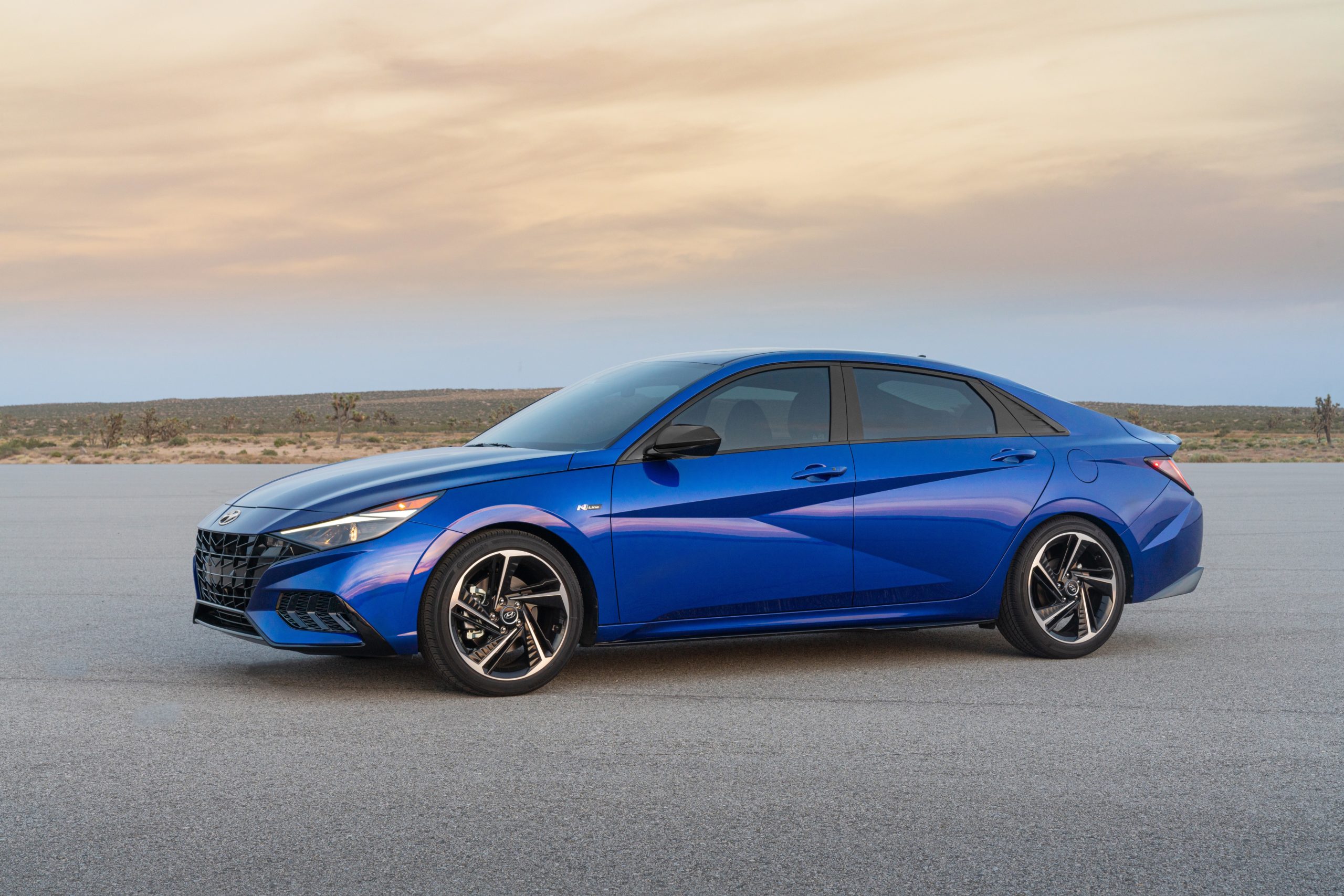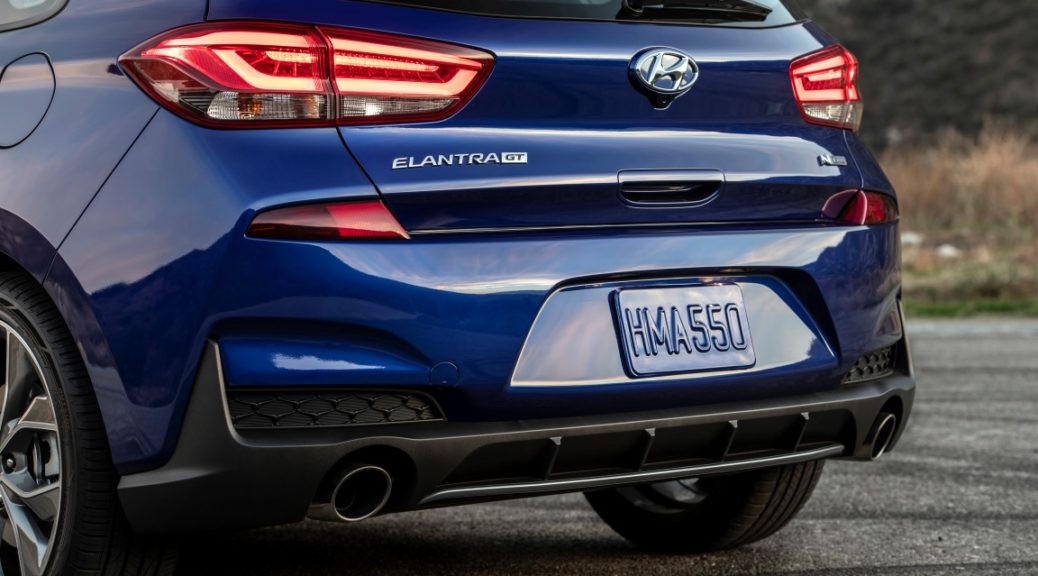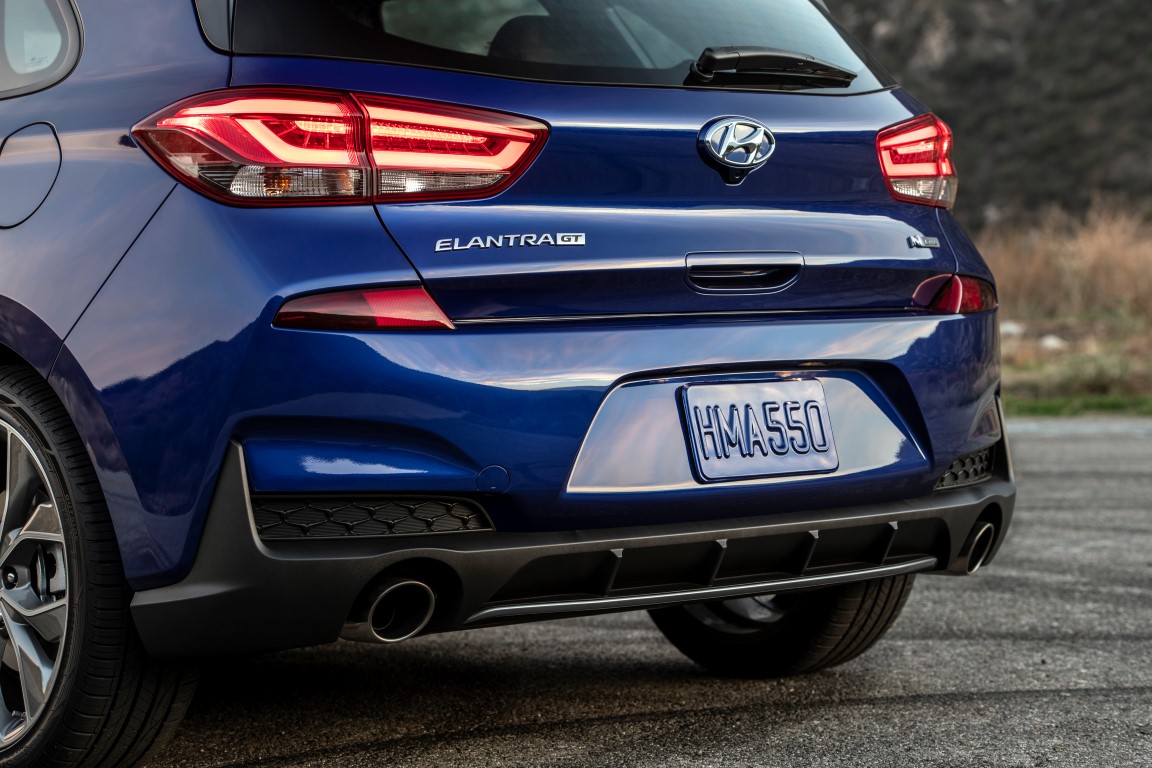
Hyundai Motor Company will take the stage at CES 2022, to present its future vision for robotics and the metaverse under the main theme of ‘Expanding Human Reach’. The company’s CES press event to be held from 3:00-3:45 p.m. PST on Jan. 4, 2022, at the Mandalay Bay Convention Center, 2F Oceanside D. The press event will also be livestreamed.
At CES 2022, Hyundai Motor will communicate how the company’s robotics business will drive the paradigm shift towards future mobility, going beyond the traditional means of transportation and fulfilling mankind’s aspiration for unlimited freedom of movement.
Under the main theme of ‘Expanding Human Reach’, Hyundai Motor will share its vision of how robotics will complete the metaverse by connecting the virtual world with reality as a medium, and eventually overcome the physical limitations of movement regarding time and space.
Hyundai Motor will also showcase its new PnD (Plug & Drive) robotic module platform under the new concept of Mobility of Things (MoT), which aims for the provision of mobility in everything — from traditionally inanimate objects to even community spaces.
CES 2022 visitors will be able to experience the company’s exhibition booth that will show how mobility in the real world can be advanced with robots and offer a glimpse of the future robotics society, which will enable transportation between the virtual and real world.
The company will also exhibit its robot product lineup, including the recently revealed Mobile Eccentric Droid (MobED) as well as Boston Dynamics’ Spot and Atlas. Robotics demonstrations and dance performance programs will also be presented at Hyundai Motor’s exhibition booth at the Las Vegas Convention Center, West Hall #5818, from Jan. 5-8.
Source: Hyundai



